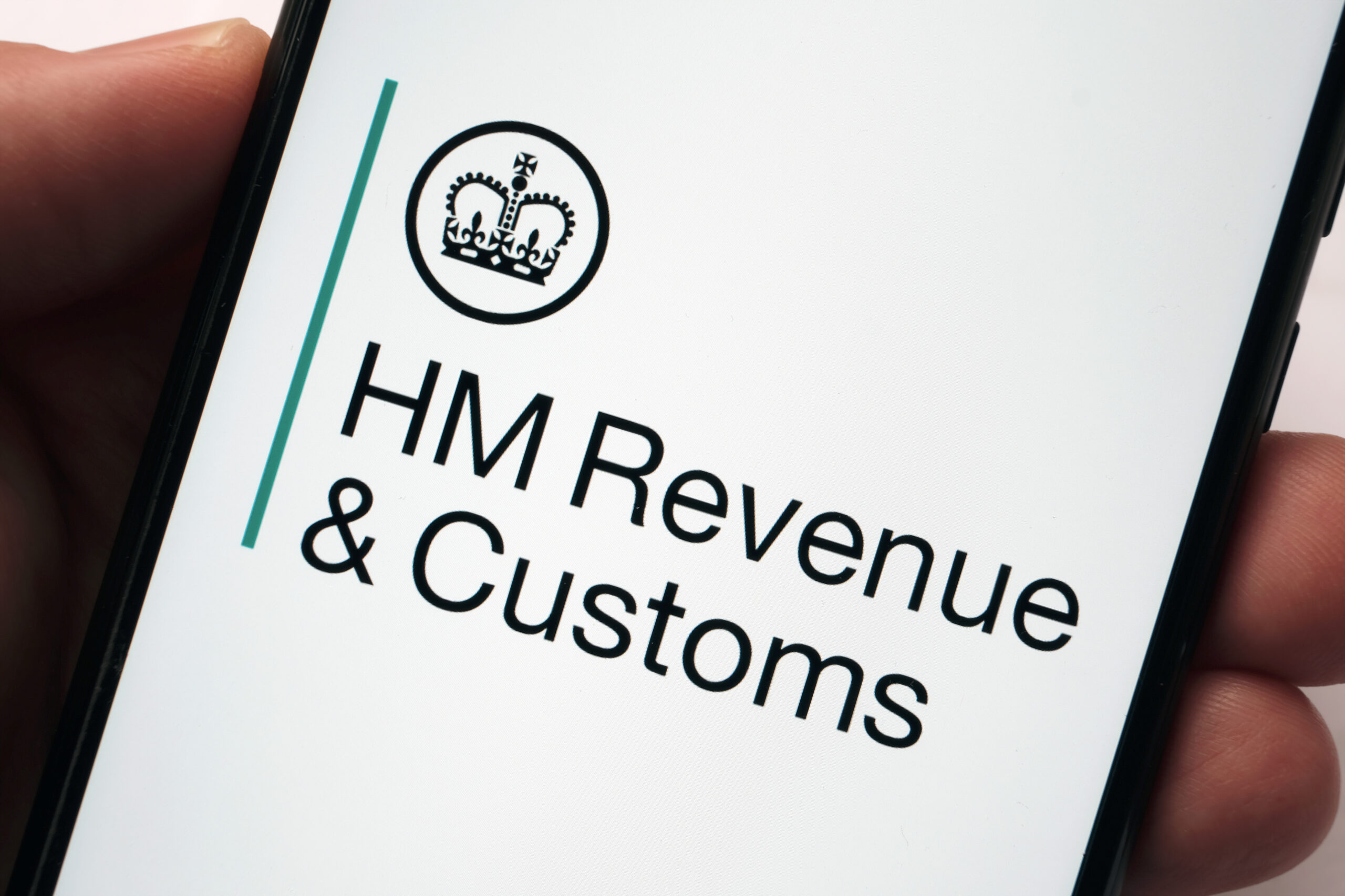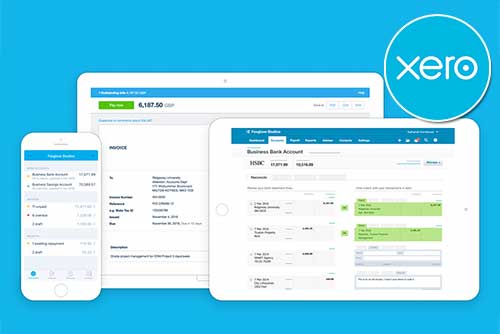What is a Cash Flow Statement?
In finance, understanding the health and vitality of a business goes beyond glancing at profit and loss statements. While profitability is a critical metric, the investor, manager, or entrepreneur recognises the importance of delving deeper into the financial nuances of an enterprise. Enter the cash flow statement—a document that provides invaluable insights into the liquidity and operational efficiency of a company.
In this article, we will define what a cash flow statement is, explore its components, distinguish between the direct and indirect methods of cash flow reporting, and explain how cash flow is calculated.
What is a Cash Flow Statement (CFS)?
A cash flow statement is a financial statement that provides a comprehensive overview of the cash entering and exiting a business during a specified period. Unlike the balance sheet, which offers a snapshot of a company’s financial position at a particular moment, and the income statement, which showcases revenues and expenses over a set timeframe, the cash flow statement focuses exclusively on cash transactions.
Components of a Cash Flow Statement
The structure of the cash flow statement is divided into three main sections: operating activities, investing activities, and financing activities.
1. Cash From Operating Activities
This segment includes cash flows from a company’s primary business operations, such as revenue from sales, payments to suppliers and employees, taxes paid, and other operational expenses. Essentially, it reflects the day-to-day financial transactions necessary for running the business.
The first line item you’ll see in this section is the net income, which is the total income after expenses for the period. This figure is derived from the income statement and serves as the starting point for calculating cash from operating activities. Next, you’ll find items like depreciation and changes in working capital. Accounts receivable and payable are also crucial components of this section. These figures are adjusted for in the cash flow statement to reflect the actual cash received or paid out.
2. Cash From Investing Activities
In this section of the cash flow statement, a company details cash flows related to investments in long-term assets. This may include the purchase or sale of property, plant, and equipment, acquisitions or divestitures of subsidiaries, and investments in securities such as stocks and bonds.
While this section may not constitute the majority of a business’s cash flow, it’s still vital to reconcile these figures as they impact the company’s working capital.
3. Cash From Financing Activities
This section outlines cash flows associated with financing the company’s operations. It includes activities such as raising capital through issuing stocks or bonds, repurchasing company stock, paying dividends to shareholders, and obtaining or repaying loans.
Importance of a Cash Flow Statement
Liquidity Assessment
The cash flow statement offers crucial insights into a company’s liquidity—its ability to meet short-term obligations. Positive operating cash flow indicates that a company can generate enough cash from its core activities to cover its day-to-day expenses, whereas negative cash flow may signal liquidity concerns and prompt further investigation.
Operational Efficiency
Analysing cash flows from operating activities helps assess the efficiency and sustainability of a company’s business model. Consistently positive cash flows suggest that a company is generating sufficient revenue to cover its operating expenses and fund future growth, while negative cash flows may indicate inefficiencies or financial distress.
Investment Decisions
Investors and creditors rely on cash flow statements to evaluate a company’s investment potential and creditworthiness. Positive cash flows from operating activities, coupled with wise investing and financing activities, instil confidence in stakeholders and attract capital to fuel expansion and innovation.
Direct and Indirect Cash Flow Statements
There are two methods of presenting a cash flow statement: the direct method and the indirect method.
Direct Method
The direct method of preparing a cash flow statement lists all major categories of gross cash receipts and payments. This method gives a straightforward report of cash transactions that occurred during the period, specifically detailing the sources of cash inflow (such as cash received from customers) and the purposes of cash outflow (such as cash paid to suppliers, employees, etc.). The key characteristic of the direct method is its focus on the actual cash transactions, offering a clear view of where cash comes from and where it goes.
This method is particularly suitable for small businesses that use the cash basis accounting method, where revenue is recognised when it is received.
Advantages of the Direct Method:
- Clarity and Understandability: It provides a more intuitive understanding of a company’s operating cash flows by showing exactly how cash is received and spent.
- Useful for Short-term Planning: Businesses find it helpful for managing cash on a day-to-day basis because it details the actual cash inflows and outflows.
Challenges:
- Data Collection: The main challenge with the direct method is the difficulty in collecting detailed cash transaction data, which might not be readily available in accrual-based accounting systems.
Indirect Method
The indirect method starts with net income and adjusts for changes in balance sheet accounts to convert the income from an accrual basis to a cash basis. This method reconciles net income with cash provided by operating activities. Adjustments are made for non-cash transactions (like depreciation and amortisation), changes in working capital, and sometimes non-operating gains or losses.
The indirect method focuses on the differences between net income and net cash flow from operating activities, providing insights into the relationship between a company’s profitability and its cash generation capabilities.
Advantages of the Indirect Method:
- Easier to Prepare: It is generally easier and less costly to prepare since it starts with net income and makes adjustments using data already available in the accrual-based financial statements.
- Insight into Non-Cash Activities: It provides insights into how non-cash items and changes in working capital affect the company’s cash flow from operating activities.
Challenges:
- Less Intuitive: The indirect method can be less intuitive for non-financial stakeholders because it does not directly list cash receipts and payments.
How is Cash Flow Calculated?
Calculating cash flow is essential for understanding a company’s financial health, but the specific calculation method can vary depending on the type of cash flow being examined: operating, investing, or financing activities.
1. Operating Cash Flow (OCF)
Operating cash flow measures the cash generated or consumed by a company’s core business operations, excluding financing and investing activities. The formula for operating cash flow varies slightly depending on the approach used:
- The first approach starts with net income and adjusts for non-cash expenses like depreciation and amortisation, along with changes in working capital (such as accounts receivable, inventory, and accounts payable).
Operating Cash Flow = Net Income + Non-Cash Expenses (such as depreciation and amortisation) + Changes in Working Capital
- The second approach directly calculates operating cash flow by subtracting cash outflows for operating expenses from cash inflows from operations. This approach provides a more direct measure of cash flow from operations.
2. Investing Cash Flow (ICF)
Investing cash flow encompasses cash spent on or received from investment activities, including purchases and sales of physical assets, securities, and other investments. Calculating investing cash flow is straighforward:
- Sum of Cash Spent on Investments: Includes purchase of property, plant, equipment (PPE), and other long-term assets.
- Subtract Cash Received from Disposing of Investments: Includes proceeds from the sale of PPE, sale or maturity of securities, and other investment receipts.
Formula:
Investing Cash Flow = Cash Received from Investments − Cash Used for Investments
3. Financing Cash Flow (FCF)
Cash flow from financing activities reflects the cash flows related to a company’s financing activities, such as raising capital and repaying debt. It includes cash received from issuing stock or borrowing funds and cash paid for dividends, stock repurchases, and debt repayment.
Financing Cash Flow = Cash Inflows from Issuing Equity or Debt – (Dividends Paid + Repurchase of Debt and Equity)
Total Cash Flow
Calculating total cash flow gives a comprehensive view of the net change in cash and cash equivalents over the period, reflecting the company’s overall liquidity position.
Formula:
Total Cash Flow = OCF + ICF + FCF
The Bottom Line
The cash flow statement is a crucial component of a company’s financial reports, providing a clear and detailed picture of where a company’s cash comes from and how it is spent. This visibility into cash activities, across operating, investing, and financing realms, allows stakeholders to gauge the company’s liquidity, efficiency, and overall financial health in a way that income statements and balance sheets alone cannot.





















